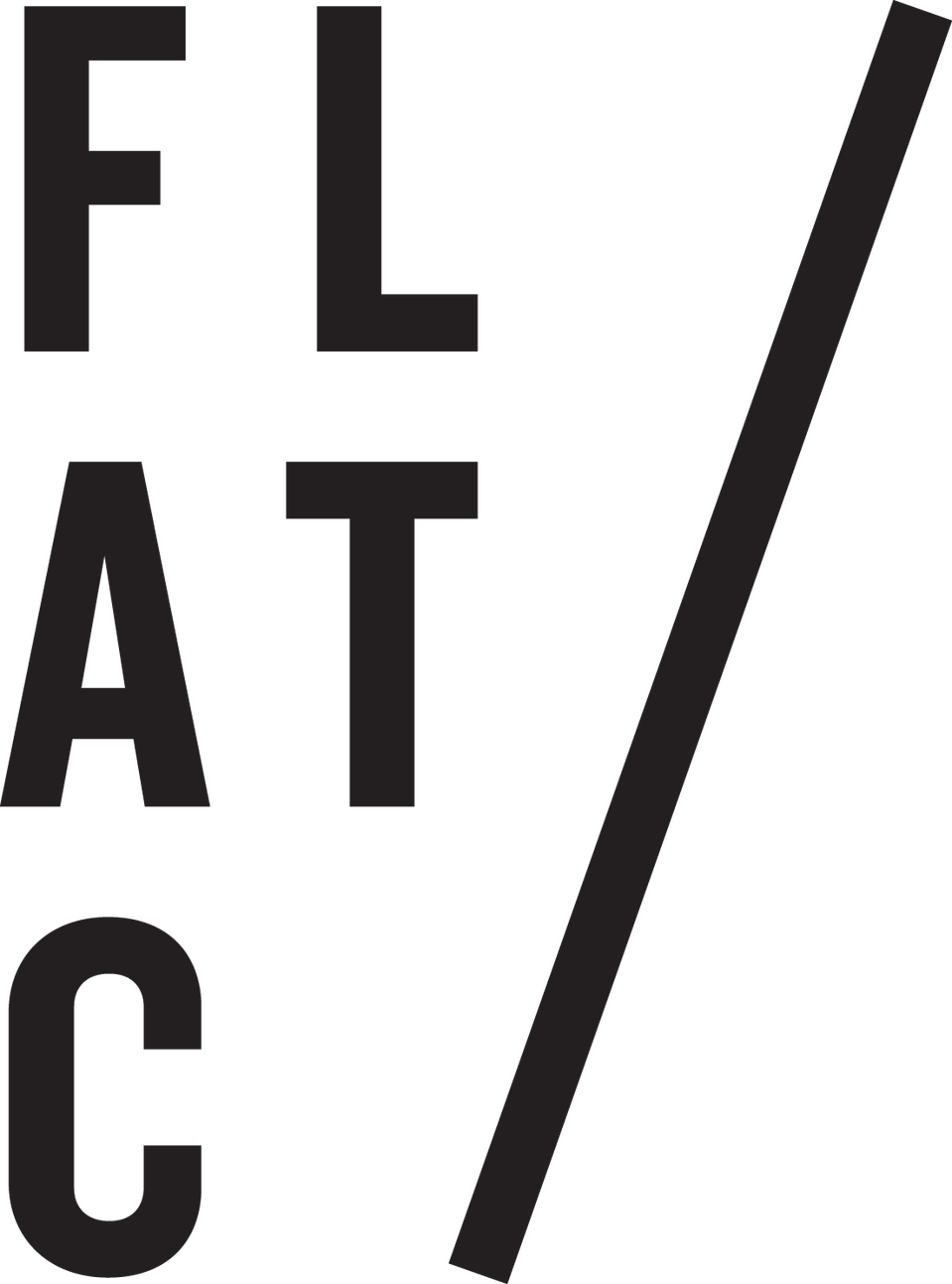











Location
Istanbul, Turkey
Description
Our proposal for the 2015 Young Architects Program: Istanbul Modern temporary installation focuses on the use of simple material articulation to achieve complex spatial experience. The project takes cues and inspiration from the local Persembe Pazari trade area of Istanbul, where suppliers and craftsmen have been providing nautical equipment to the local fishermen for centuries. Ropes, cables and fishing nets displayed on the streets, influence the qualities of outdoor spaces, where clusters of material create density, texture and shadow.
Twisted rope as a material, is an interwoven and bundled form of strands. A technique called ‘common whipping’, takes advantage of this material structure where multiple turns of twine around the end of a rope prevents the rope from fraying. This simple method, where pieces of material itself are used to articulate its overall form, informed the basic principles of our proposal for the pavilion.
The pavilion will consist of tightly spaced ropes with identical lengths of five meters that will hang from a grid of safety nets suspended five meters off the ground. On the land side, which is the initial approach to the pavilion, ropes will hang loosely to create a condition in which visitors have to carve out their own spaces in motion. The density of the pavilion will then change gradually, where ropes will be bundled into groups, creating interstitial spaces that expand towards the sea. During large events, the pavilion can provide more open space by additional grouping of bundles closer to the land side.
The collection of loose and bundled ropes effectively form a continuous canopy, which shades during day time and illuminates at night through the use of rope suspended simple light bulbs. Reclaimed wooden drums, used to keep ropes in rolls, will be used as furniture throughout the site.
All parts of the pavilion: ropes, safety nets and supporting structure will be manufactured off-site prior to being assembled on-site. Ropes will be tied to safety nets, which will connect to a rigid tube frame that is attached to a rigid steel box frame structure. After four months, when the exhibition is over, all steel and rope will be returned to manufacturers for recycling and re-use.
